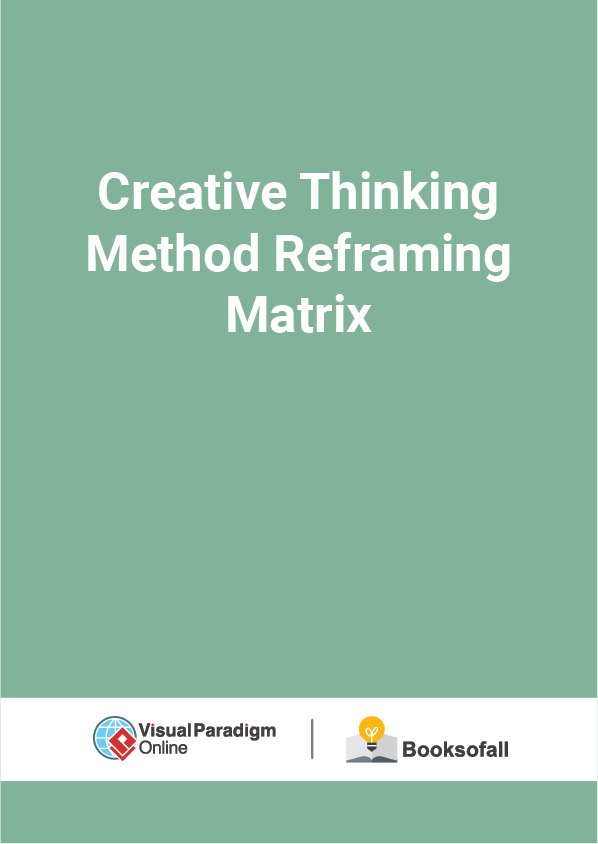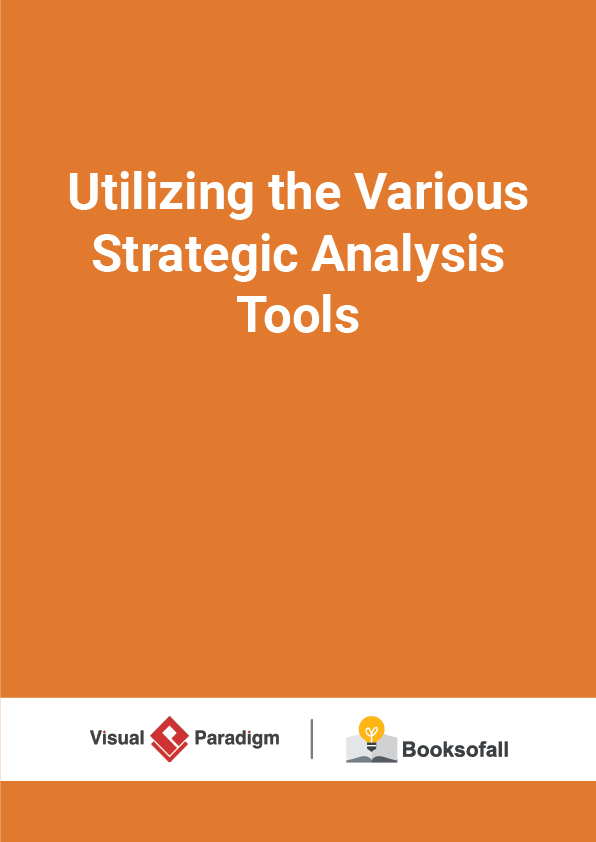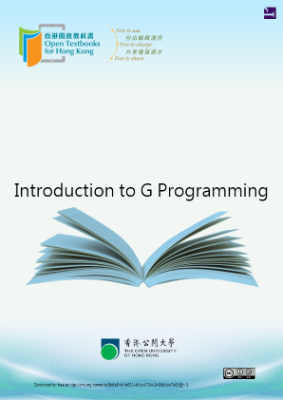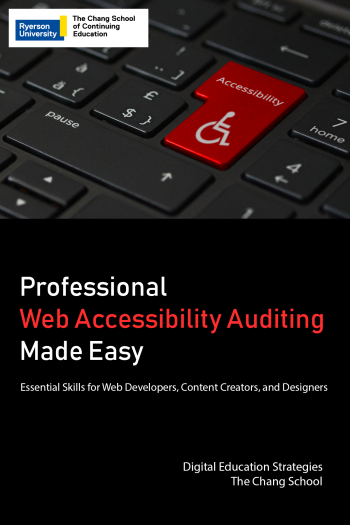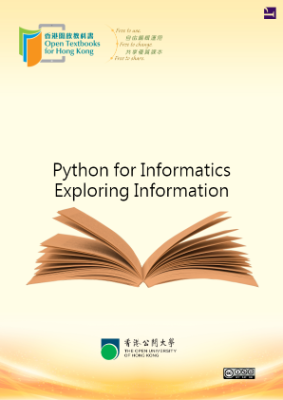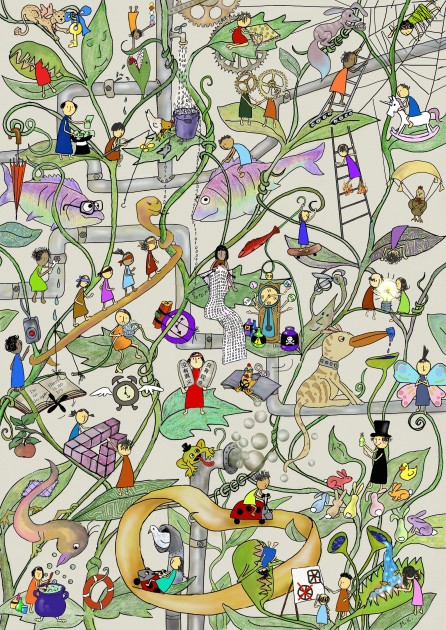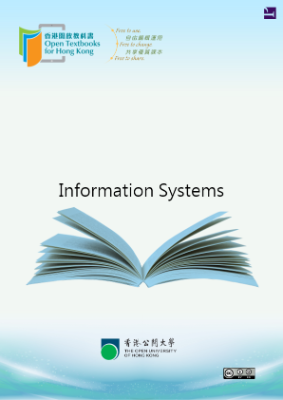Creative Thinking Method: Reframing Matrix
3-3 minutes
A reframing matrix is a creativity tool that helps individuals identify better solutions to problems by addressing and brainstorming about them from four different perspectives, commonly: product, planning, potential, and people.
When you’re stuck on a problem, it often helps to look at it from another perspective. A Reframing Matrix is a simple technique that helps you to look at organizational problems and decision making from several different viewpoints and perspectives. This technique helps groups to put themselves into the mindset of different people and imagine the solutions, or problems, they would come up with regarding a key question or problem. This can be all that you need to do to come up with a great solution.
What is Reframing Matrix?
A Reframing Matrix consists of a four-square grid where each represents a different perspective to the central idea. One of the most common approaches in a reframing matrix is the 4P approach which refers to the Product perspective, Planning perspective, Potential perspective, and People’s perspective. Each decision is studied keeping one of the four perspectives as the central idea.
- Program perspective :
- Is there something wrong with the product or service?
- Is it priced correctly?
- How well does it serve the market?
- Is it reliable?
Planning perspective :
- Are our business plans, marketing plans, or strategy at fault?
- Could we improve them?
Potential perspective :
- How can we increase sales or productivity?
- If we were to seriously increase our targets or our production volumes, what effect would it have on the problem?
People perspective :
- What do the people involved think?
- What is the impact of any problems on the people involved?
- Why are potential customers not using or buying the product?
Reframing Matrix Example
All members of a team should be involved and encouraged to share all relevant experience, not dependent upon hierarchy. All experiences must be heard, discussed and noted to ensure a full understanding of previous learning.
- Start by drawing a simple two by two grid onto a large flipchart – you can use software to create the chart more easily.
- Write the issue or problem in the middle of the grid. Look at problems from each of the four perspectives mentioned above.
